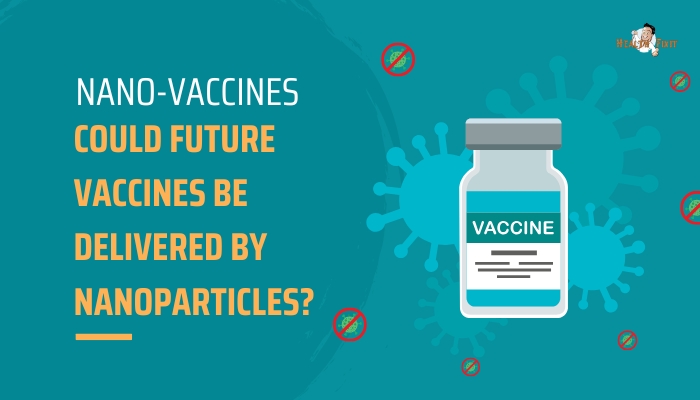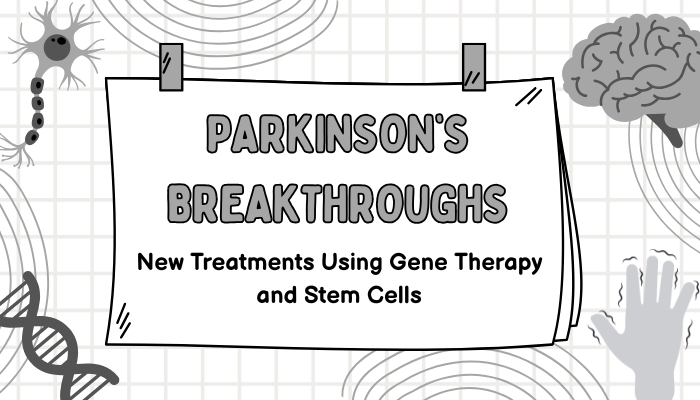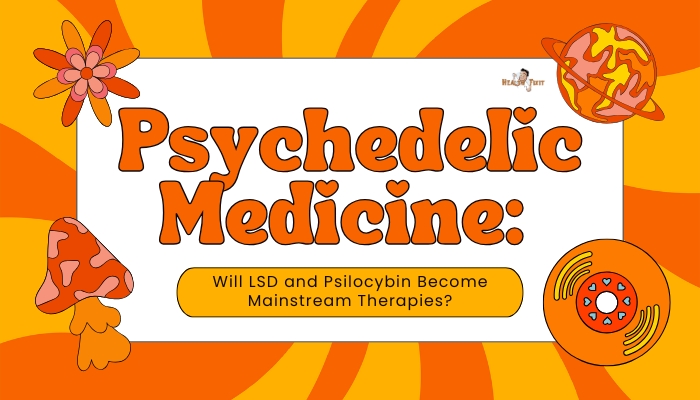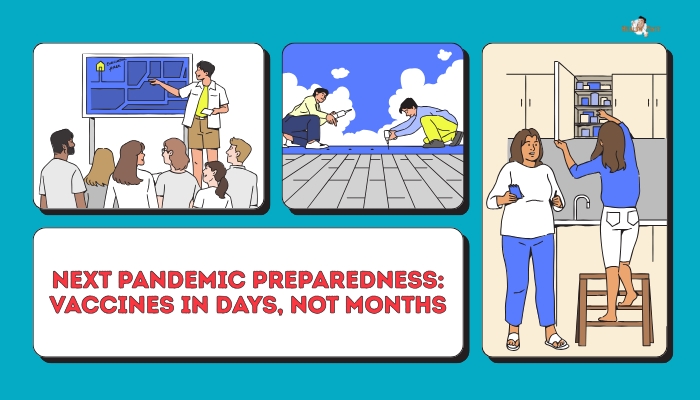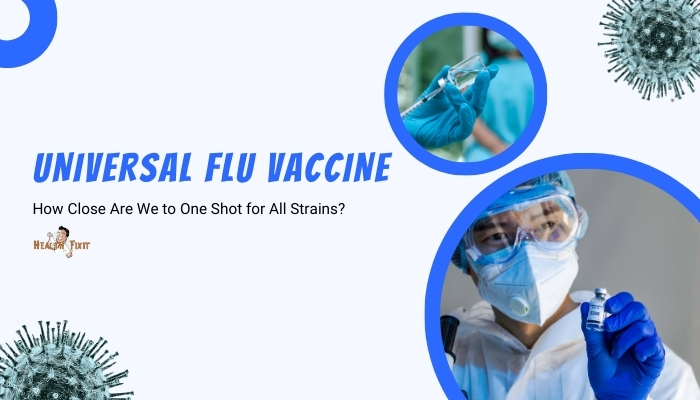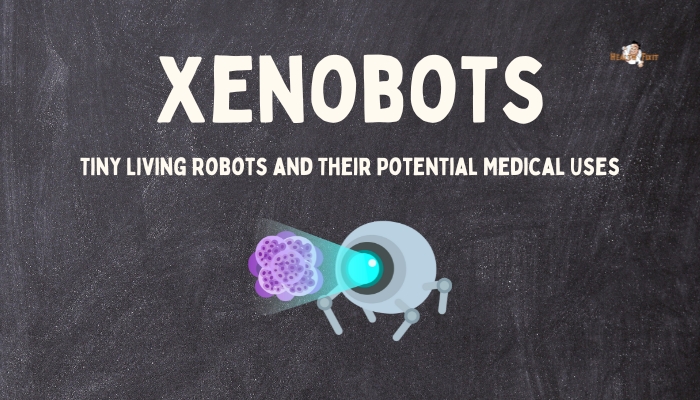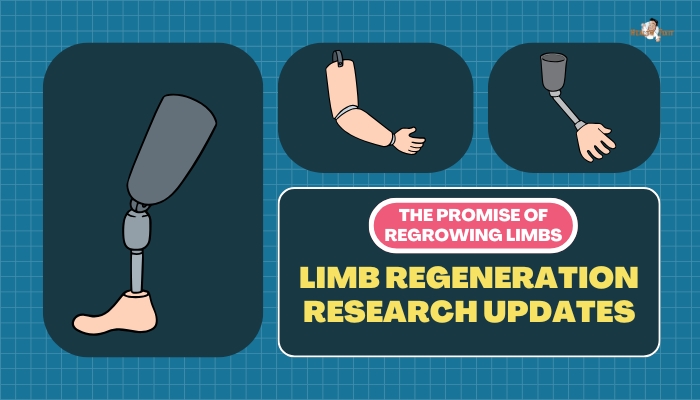Introduction
Vaccines are among humanity’s most potent weapons against infectious diseases. Yet traditional vaccine delivery often comes with constraints—like the need for cold chains, multiple booster shots,
or suboptimal immune targeting. Now, researchers explore nano-vaccines, leveraging nanoparticle technology to refine how antigens reach immune cells.
By encapsulating vaccine components in tiny carriers,these next-generation immunizations promise heightened efficacy, fewer side effects, and simpler logistics.
This article uncovers how nano-vaccines work,the breakthroughs made so far, and the hurdles that remain before they transform immunization globally.
The Basics of Nano-Vaccines
Nanoparticles as Delivery Vehicles
Nanoparticles are sub-micron particles—like liposomes, polymer spheres, or inorganic shells—designed to carry antigens, adjuvants,
or genetic material. Thanks to their small size, they can mimic pathogens or enhance cell uptake, effectively presenting the immune system with the crucial signals to build robust immunity.
Advantages Over Conventional Vaccines
- Targeted Delivery: Nanoparticles can incorporate targeting molecules that direct them to immune cells (like dendritic cells), optimizing immune responses.
- Enhanced Stability: Encapsulating antigens in protective shells may reduce the need for ultra-cold storage, potentially solving distribution challenges.
- Reduced Side Effects: Precise immune targeting often lowers the risk of systemic inflammation or off-target reactions, improving patient safety.
Types of Nanoparticles
- Liposomes: Fatty spheres that can hold water-soluble or lipid-soluble antigens.
- Polymeric Nanoparticles: Biodegradable polymers that slowly release antigens, extending immune stimulation.
- Virus-Like Particles (VLPs): Non-infectious shells mimicking viral structures—highly immunogenic.
- Inorganic Nanoparticles: Gold or silica nanoparticles may anchor antigens on their surface; their design can also enable imaging or specific targeting.
Why Nano-Delivery Could Revolutionize Vaccines
Mucosal Immunity
Some nano-formulations are suitable for mucosal administration—like nasal sprays or oral capsules. This approach fosters local IgA protection,
relevant for respiratory or GI pathogens. If we can give the vaccine via inhalation, we might combat illnesses like influenza or COVID-19 more effectively.
Single-Dose Convenience
With advanced adjuvants and slow-release matrices, nano-vaccines might need only one shot—eliminating booster regimens. This benefit, especially in resource-limited settings, can drastically raise compliance and coverage rates.
Personalized Vaccines
Nanoparticles can also incorporate multiple antigens or personalized tumor neoantigens for cancer immunotherapy. By packing relevant peptides or mRNA into a single nano-based injection, each patient’s vaccine can be tailor-made.
Current Progress and Examples
mRNA Nano-Encapsulation
mRNA COVID-19 vaccines use lipid nanoparticles (LNPs) to protect and deliver mRNA into cells, spurring them to produce viral antigens. This success with mRNA-LNPs showcased how nano-delivery can be scaled quickly and effectively, spurring further R&D for other diseases.
Malaria and Tuberculosis Trials
Several preclinical or early-phase trials apply polymeric or liposomal formulations for notoriously difficult diseases, such as malaria or TB. Early data suggests improved immunogenicity vs. conventional methods—though large-scale efficacy must still be proven.
Cancer Vaccines
Cancer vaccines often face the challenge of generating strong cytotoxic T-cell responses. Nanoparticle-based cancer vaccines—with immune-stimulating adjuvants—can direct tumor-specific antigens to dendritic cells, bridging the gap to robust antitumor immunity.
Hurdles to Overcome
Long-Term Safety
While short-term data is promising, we must confirm that the nanoparticles themselves don’t accumulate or trigger unexpected immune or organ toxicity over time, especially repeated dosing.
Manufacturing Complexity
Producing consistent, well-characterized nanoparticles at scale is more complex than mixing standard antigens and adjuvants. Each batch must have uniform size, charge, and drug loading. Quality control is paramount and can be costly.
Regulatory Path
New formulations must pass stringent safety and efficacy tests. Because nano-vaccines can differ significantly from conventional jabs, agencies (like FDA, EMA) must adapt guidelines for these novel systems.
The Future: Pandemic Readiness and Universal Vaccines
Rapid Pandemic Response
Designing a new nano-vaccine can be quick—once the pathogen’s genome is known, we can incorporate or synthesize relevant antigens
package them in nanoparticles, and scale production. This approach might slash vaccine development timelines, crucial in emergent pandemics.
Multifunction “All-In-One” Shots
Nano-systems might combine multiple pathogens’ antigens (influenza, RSV, coronavirus) into a single multi-disease seasonal shot, or deliver both prophylactic and therapeutic agents in tandem.
The Next Frontier: Universal Vaccines
Some labs aim for broad “universal” vaccines—like a universal flu shot—to cover multiple strains or future variants. Nanoparticle scaffolding or mosaic approaches can carry antigens from diverse virus strains, ideally conferring wide protection.
Practical Guidance
- Stay Informed: Nano-vaccines remain at various R&D stages. For big diseases, watch for trial results from reputable sources (WHO, major journals).
- Evaluate Safety Evidence: If offered a novel nano-vaccine in a trial, inquire about toxicology data, prior human studies, and potential side effects.
- Embrace Standard Vaccines: Traditional vaccines are well-proven. Even if nano-based solutions come to market, standard immunizations remain critical for public health.
- Advocate for Accessibility: Emerging technologies can be costly. Encouraging global partnerships and philanthropic funding ensures nano-vaccines reach developing regions, where they might have the biggest impact.
Conclusion
Nano-vaccines have the potential to transform immunization—enabling single-dose efficacy, mucosal protection, improved stability, and the possibility of multi-pathogen coverage in a single shot.
While the success of mRNA-lipid nanoparticle COVID-19 vaccines has showcased the approach’s power,
much more is in store: from sophisticated cancer immunotherapies to universal flu or malaria vaccines. Challenges of large-scale manufacturing, regulatory approval, and long-term safety remain, but the momentum is undeniable.
If harnessed responsibly, these next-generation nano-formulations might safeguard humanity from both longstanding and future infectious foes, reshaping global health in the 21st century.
References
- Pardi N, Hogan MJ, Porter FW, Weissman D. mRNA vaccines—a new era in vaccinology. Nat Rev Drug Discov. 2018;17(4):261–279.
- Gómez-Pinilla PJ, Langer R, Farokhzad OC. Polymeric nanoparticles for vaccine delivery. Annu Rev Chem Biomol Eng. 2020;11:85–109.
- Hassett KJ, et al. Lipid nanoparticle design for vaccines: from COVID-19 to future pandemics. Nat Rev Mater. 2021;6(12):1075–1077.
- Irvine DJ, Swartz MA, Szeto GL. Engineering synthetic vaccines using cues from natural immunity. Nat Mater. 2013;12(11):978–990.
- Luo M, et al. Nanoparticle-based cancer immunotherapy. Mater Today. 2020;35:58–68.
- Negri S, et al. Recent advances in mucosal vaccine design using nanotechnology. Adv Healthc Mater. 2021;10(15):e2100081.
- Schijns V, et al. Induction and measurement of mucosal immune responses for vaccine development. Vaccine. 2021;39(49):7255–7263.
- Luo D, Saltzman WM. Synthetic vaccines: back to the future. Chem Eng Sci. 2021;234:116424.
- Freed NE, et al. Pandemic preparedness with modular nanoparticle vaccine platforms. Vaccine. 2020;38(16):3243–3246.
- Access to Vaccines Index. Emerging approaches in vaccine R&D. 2022.

